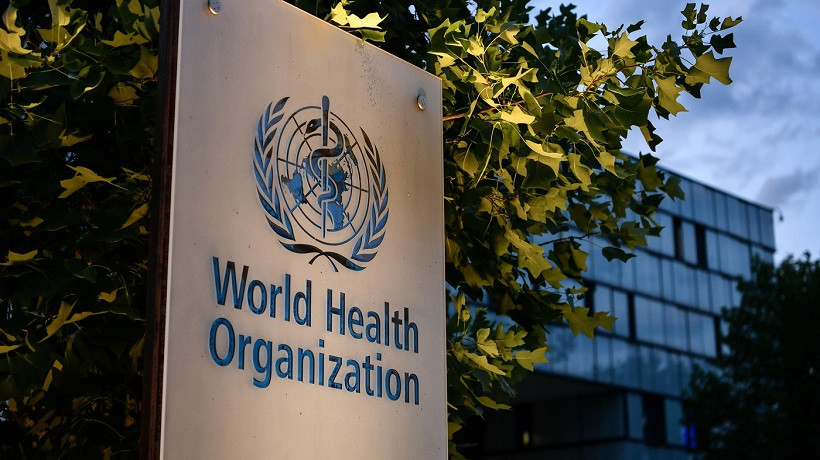Australia's strong retail sales data, which were published during the Asian session on Friday, did not help the Australian dollar: the AUD/USD pair continues to decline, updating annual lows. Today, the price reached the level of 0.7120. This is the lowest value since August last year when the pair fell to the base of the 0.71 mark. And judging by the dynamics of the downward movement, the bears are set to repeat last year's success, approaching the key support level of 0.7000. This price barrier is already relatively close despite the fact that the pair has moved more than 400 points over the past month (since October 29), having collapsed from the middle of the price level of 0.75.
In addition, relatively small corrective pullbacks allow traders to enter sales at a more favorable price. However, the pair practically did not adjust this week, systematically and consistently declining, sweeping away all price barriers in its path. The prevailing fundamental background contributes to the further development of the downward trend: the Australian dollar is under pressure from the "dovish" rhetoric of the RBA, while the US dollar continues to gain momentum, taking advantage of increased demand due to increased hawkish expectations.

It is worth noting that the retail sales data published today turned out to be in the "green zone": the October result was more than twice higher than the forecast level. Experts expected to see this indicator at 2.2%, while it came out at 4.9%. Most likely, Australians began to prepare in advance for the Christmas-New Year period, making appropriate purchases in advance. Delayed demand also played a role, which was caused by a prolonged lockdown in the largest states and megacities of the country.
However, traders of AUD/USD ignored this release. First, it seems that the growth of the indicator is due to the influence of temporary factors. Second, the market is now dominated by anti-risk sentiment, due to the identification of a new strain of coronavirus. This circumstance is used by dollar bulls. If panic moods continue to prevail in the currency market, the decline of the Australian dollar will accelerate significantly.
Today, the World Health Organization will hold its extraordinary meeting, where it will discuss the emergence of a new, potentially more dangerous strain of COVID-19. Another "modification" of the coronavirus infection was detected in several African countries (South Africa, Botswana) and in Hong Kong. According to WHO representatives, the new strain worries specialists with a large number of mutations. There are 32 of them in the spike protein. Experts suggest that some of these mutations make the virus more resistant to antibodies, which indicates potential resistance to vaccines. Moreover, the new variant of the virus is highly transmissible – mutations increase the contagiousness of the new strain. The identified "modification" has the code name B.1.1.529. After determining the degree of potential danger, a new type of virus will receive one of the letters of the Greek alphabet as its name. If the WHO experts consider the strain to be a real threat, it may be called "Nu".
To date, there is no consensus among experts regarding the identified variant of COVID-19. According to some virologists, the combination of mutations is catastrophic. They assume that the new strain will be more dangerous than the infamous Delta variant. In turn, other scientists said that a large number of mutations can make the virus weaker and more unstable. These factors will not allow it to spread widely.
The situation will finally become clear in a few weeks. However, the very fact of an extraordinary meeting of the WHO speaks about the seriousness of the situation. In addition, some countries have already responded to the threat. In particular, the UK has suspended the travel of its citizens to six African countries, and Israel plans to impose a ban on travel to South African countries and on the entry of foreigners from the region.
The Australian dollar reacts negatively to these trends, especially since the coronavirus factor remains on the agenda for Australia itself. For example, the daily increase in the number of infected updated the monthly maximum (1,640 registered cases) yesterday. Strict quarantine restrictions have just been relaxed in the country, so such anti-records have hurt the positions of the Australian dollar.
Meanwhile, the US dollar is in high demand not only due to the strengthening of anti-risk sentiment but also due to the strengthening of "hawkish" sentiment. In particular, Goldman Sachs economists said today that the Fed will tighten monetary policy next year "faster than previously expected." According to their forecasts, the regulator will accelerate the process of curtailing QE (increasing the volume of purchases from 15 to 30 billion) in January and will raise the interest rate twice during 2022.
All this suggests that short positions on the AUD/USD pair are still relevant. The technical analysis says the same thing: the Australian dollar on the D1 timeframe is located under all the lines of the Ichimoku indicator (which shows a bearish "Line Parade" signal), and is currently testing the lower line of the Bollinger Bands indicator (0.7120). If sellers push through this target and consolidate below it, then the next support level will be the psychologically important level of 0.7000.













